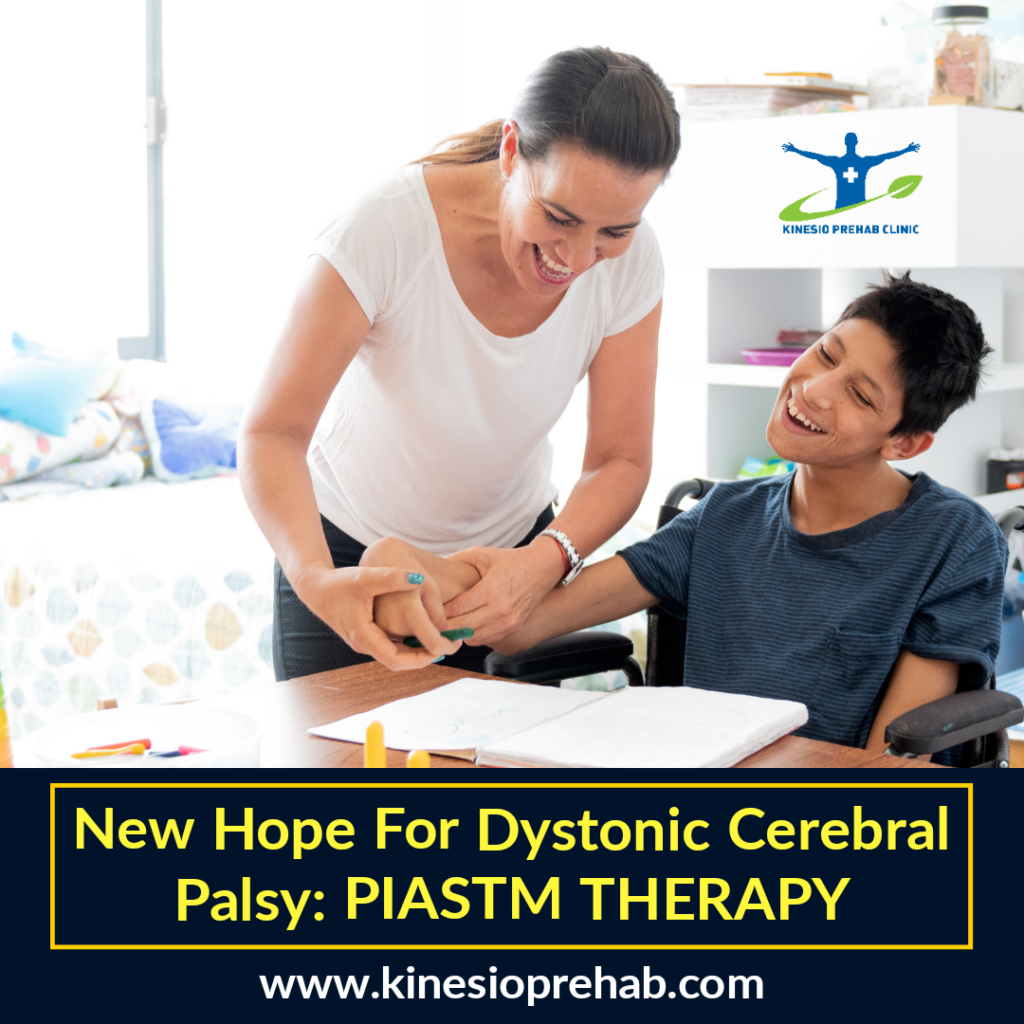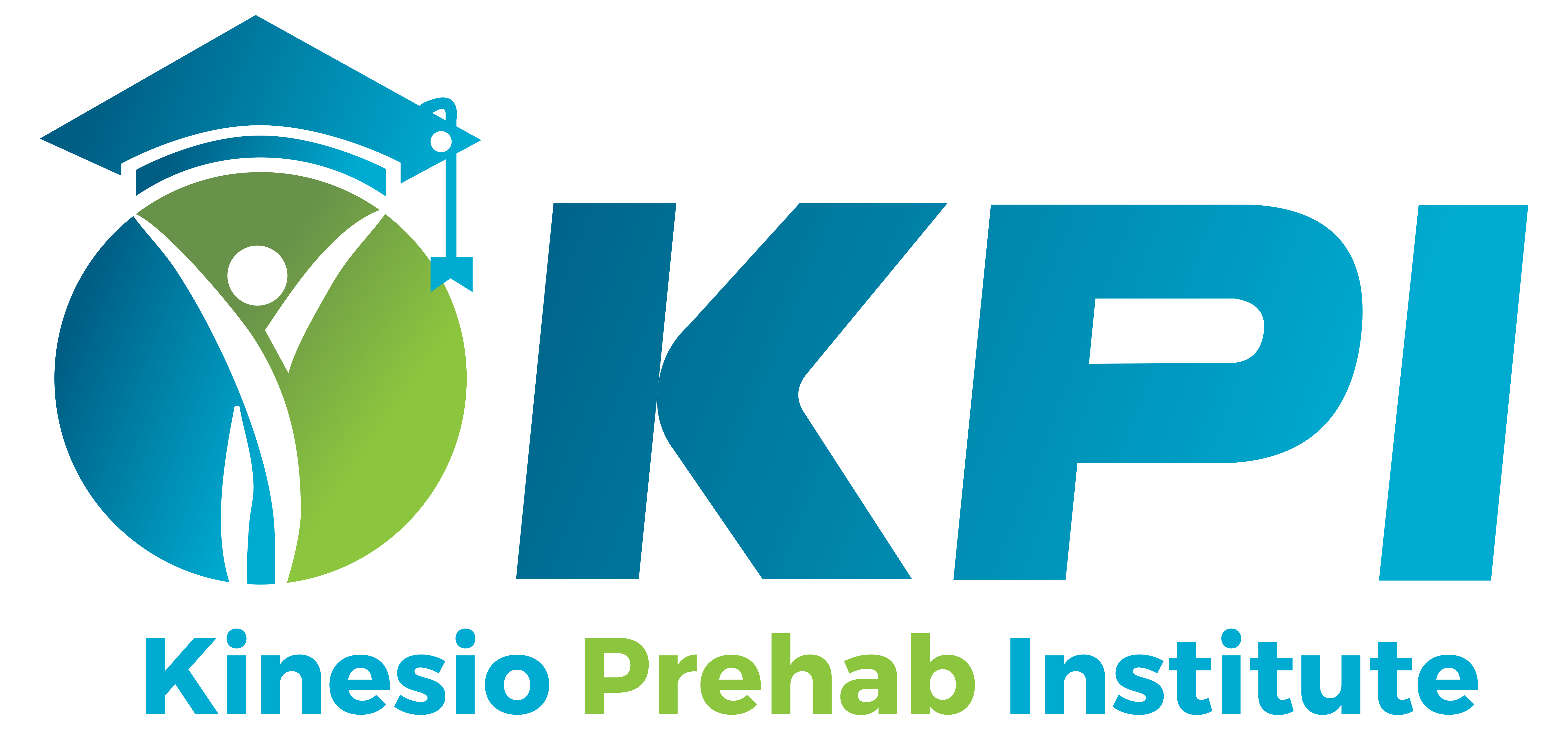Dystonic Cerebral Palsy is a neurological movement disorder caused by the damage to the Basal Ganglia of the brain. There is no cure for it, but PIASTM Therapy is working like a catalyst and enhancing effects of other therapies.
Most common symptoms seen in Children diagnosed with Dystonic Cerebral Palsy are :
- Involuntary muscle contractions (sometimes twisting of muscles with a force is seen)
- Postural deformities
- Muscular Imbalance
- Oro-motor Dysfunction
- Speech Impairments

Sub classification of Dystonic Cerebral Palsy:
Dystonic CP can be sub classified by the areas of the body it affects:
- If a CP child experience dystonia on one part of body. This is called as focal dystonia, where you will see muscle twitches on the affected leg or one arm or the trunk of the body.
- Some children with cerebral palsy have their entire body affected, known as generalized dystonia. Children with generalized dystonia usually have a difficult time with walking and balance.
- Dystonia can also occur in the head, neck, and shoulders, making for abnormal twists and turns. This is known as cervical dystonia.
- Oromandibular dystonia occurs when the child’s mouth, jaw, and tongue are affected. Some children are susceptible to malnutrition and dietary issues.
- Hemi dystonia affects one arm and leg on the same side of the body.
NOTE: Severe Contractures are seen in course of time and depends on the severity of Dystonic Cerebral Palsy.
What Is PIASTM THERAPY?
Paediatric Instrument Assisted Soft Tissue Mobilization (PIASTM) is a therapeutic technique that uses specific “Accel IASTM Tool – Accelerate Healing” on children to promote mobilization of restricted tissue to increase flexibility, to increase range of motion, to reduce contractures as well as and for a management for tactile defensiveness in children diagnosed with cerebral palsy.
This technique is specifically designed by world renowned: Kanu Kaushik, Paediatric Physiotherapist and he has been teaching this technique to Physiotherapists, Occupational therapists and Rehab Physicians from various countries under Kinesio Prehab Institute.
How PIASTM Therapy Helps In Managing Dystonic Cerebral Palsy?
- First major step of this technique is to manage TONE OF THE MUSCLE. It manages spasticity with an ease which causes problems, such as muscle pain or spasms, trouble moving in bed, difficulty with transfers, poor seating position, impaired ability to stand and walk, dystonic posturing muscle, contracture leading to joint deformity, bony deformation, joint subluxation or dislocation and diminished functional independence.
- Second step is to RELAX or REDUCE INVOLUNTARY MUSCLE CONTRACTIONS by muscle inhibition PIASTM Technique which gives freedom of movement.
- MUSCLE ACTIVATION OF WEAKER ANTAGONIST MUSCLES which helps in achieving muscle or joint movement control with muscle retraining program after PIASTM Therapy.
- IMPROVES PROPRIOCEPTION LEVEL IN DIFFERENT SEGMENTS which improves body part awareness.
- PIASTM Therapy when given with specific exercises Helps in Optimizing NEUROPLASTICITY
HOW MANY SESSIONS OF PIASTM THERAPY DOES DYSTONIC CEREBRAL PALSY CHILD NEEDS?
Every child has its own demand and requirement. Hence PIASTM Therapy sessions are designed according to child’s need.
Every child has to undergo a PIASTM Assessment which is done with physical examinations and special muscle tests.
As a start, 4 days PIASTM Therapy protocol is mandatory for every child.
For any further information or if you would like to consult with us regarding this PIASTM Therapy, connect with us through WHATSAPP CHAT:
https://wa.me/message/2FGVD4G7WVHYN1
